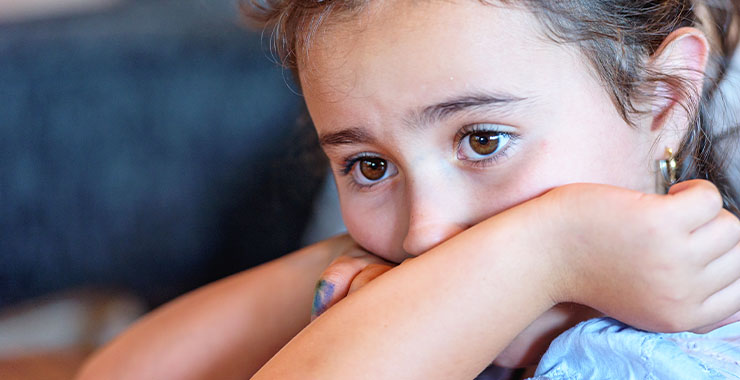
3 minute read
Mental Health of Immigrant Youth: The Role of Culture and Stress in Dr. Su Yeong Kim’s Research
Introduction: Why It Matters
In the U.S. today, a quarter of all the children are being reared in immigrant families. By 2050, that ratio will be one in three. Kids from Asian, Latino, etc., communities are the overwhelming majority of that group. Here, in this contemporary review, we will be discussing how cultural as well as structural factors, ranging from discrimination to parenting techniques, decide the mental health of immigrant children.
A Theory of Well-being in Humans
Here we present an informative model in which transcultural (universal) and culture-related (minority-related) sources of stress interact with parenting, community settings, and adolescent development to influence mental health outcomes.
Main Takeaways
1. Children of Immigrants Experience Two Worlds of Stress
These transcultural stressors are poverty and area disadvantage.
Culture-specific sources of distress are discrimination, acculturative conflict, and being treated like a foreigner, despite U.S. birth.
2. Parenting in Immigrant Families Is Complex and Culturally Grounded
Unique parenting styles such as "tiger parenting" and "no-nonsense parenting" emerge in reaction to cultural expectations and socio-economic pressures.
These are types that can support attainment but can be coupled with affective costs.
3. Discrimination Harms, Even When It Is Indirect
Both the parents' and the adolescents' discrimination can lead to depression, anxiety, and externalizing behaviors.
Effects vary by timing (earlier versus later in adolescence) and source (adults versus peers).
4. Language and Identity as Both Burdens and Strengths
Youths who are language brokers for their parents experience the feeling of being stressed as well as empowered, depending on the context.
Ethnicity and being bilingual can buffer mental health risk, only if supported by a strong family and social environment.
5. The Acculturation Gap Can Divide Families
When adolescents embrace U.S. values sooner than the older generation, the "acculturation gap" can cause strains in the relationship.
But well-managed, such disparities can foster independence and self-reliance.
Implications for Policy and Practice
To enable positive development, we advocate for:
Culturally responsive parenting interventions that extend across generations
Policies that reduce linguistic and economic barriers
Mental health services that are immigrant-sensitive
Read the Full Study
Interested in the complete research? Access the original publication here: “Culture's Influence on Stressors, Parental Socialization, and Developmental Processes in the Mental Health of Children of Immigrants” - Annual Review of Clinical Psychology
Conclusion Remarks
We seek to provide a thoughtful view of immigrant youth, neither victims of cultural conflict, nor passive recipients of cultural tropes, but active agents living through a unique developmental process. By recognizing the ways in which stress, parenting, and identity are intertwined in their lives, we hope to develop a more inclusive, culturally competent model of mental health support.


